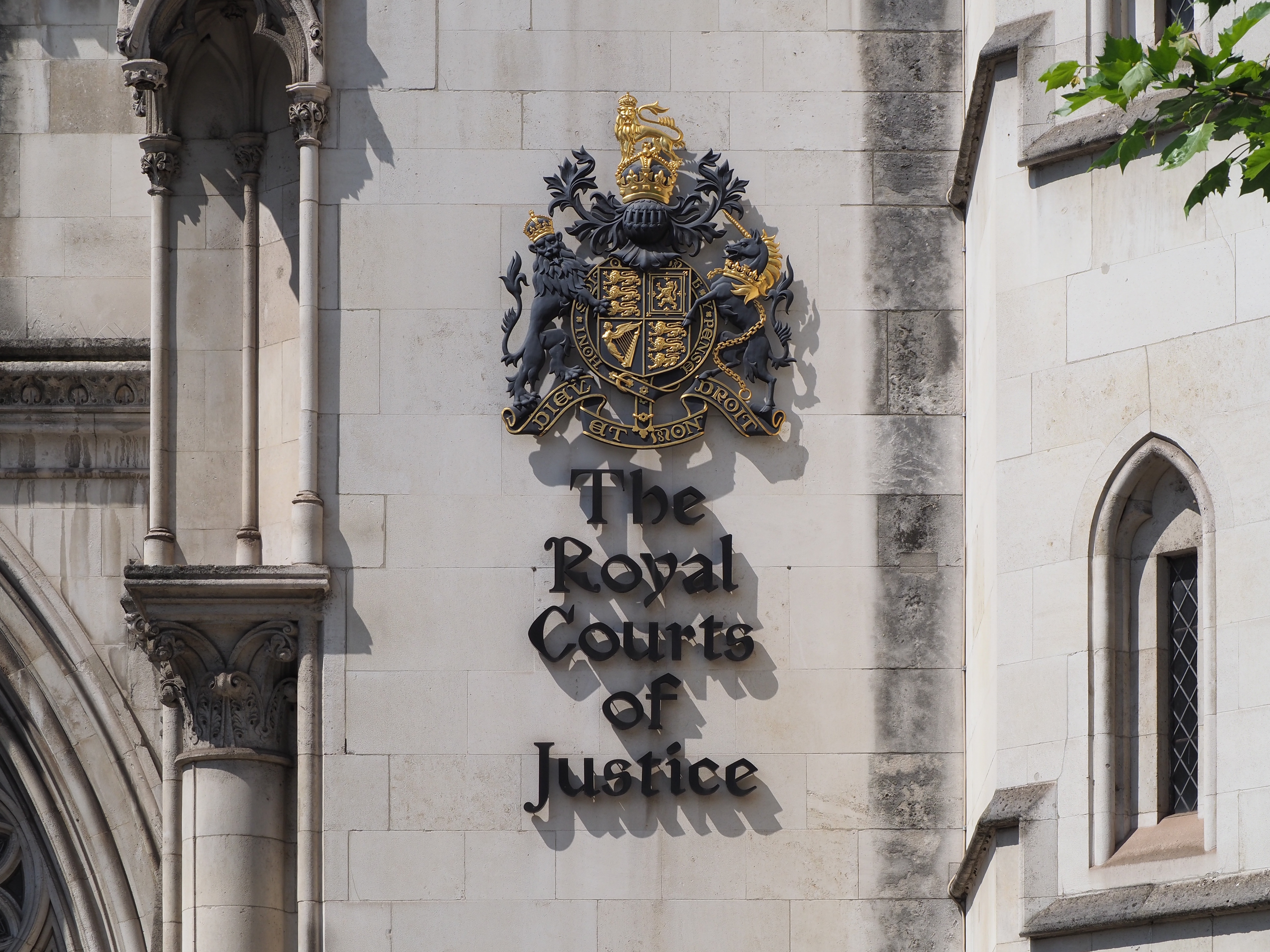Whistleblowing, detriment, and dismissal: Court of Appeal guidance
26 November 2025
The Court of Appeal has handed down its decision in the conjoined appeals of Rice v Wicked Vision and Barton Turns v Treadwell, which concerned the proper construction of the whistleblowing protections under the Employment Rights Act 1996 (ERA).
The issue was whether a claimant who alleges automatically unfair dismissal under section 103A ERA may also pursue a detriment claim under section 47B ERA where the detriment alleged is the dismissal itself.
Section 47B(1) ERA prohibits a worker from being subjected to a detriment for making a protected disclosure, but section 47B(2) excludes detriment claims “in so far as the detriment in question amounts to dismissal”, indicating that dismissal complaints are to be dealt with exclusively under Part X of the ERA.
A complication arises because section 47B(1A)–(1B) provides for personal liability of co-workers and vicarious liability of employers for detriments inflicted by individuals. In Timis v Osipov (2018), the Court of Appeal held that a detriment claim can proceed where the dismissal was affected by co-workers, with the employer liable for those actions. That decision created a parallel route for challenging dismissal and has generated considerable uncertainty as to how section 47B(2) should operate.
In the present appeals, the Court of Appeal was asked to reconsider whether Osipov was correctly decided and whether it remained binding.
The Court accepted that it disagreed with the reasoning in Osipov and confirmed that, if free to do so, it would have departed from that decision. However, applying standard principles of precedent, the Court held that it remained bound by Osipov. It therefore concluded that section 47B(2) does not prevent a detriment claim based on dismissal where the complaint is directed at the conduct of an individual co-worker, and that the employer may be liable under section 47B(1B). Both claimants were therefore entitled to proceed with their detriment claims arising out of the dismissal decision.
The Court expressed clear dissatisfaction with the current state of the law, noting that conflicting interpretations have now emerged at three judicial levels and that the inconsistency can only be resolved either by the Supreme Court or through legislative amendment.
Until such clarification is provided, Osipov remains binding authority. The result is that claimants are likely to continue framing whistleblowing claims both as dismissal claims under section 103A and as detriment claims arising from the same dismissal, which has significant implications for the scope of liability, the involvement of individual respondents, and the overall complexity of whistleblowing litigation.
This article was written by Gabrielle Scriven.
